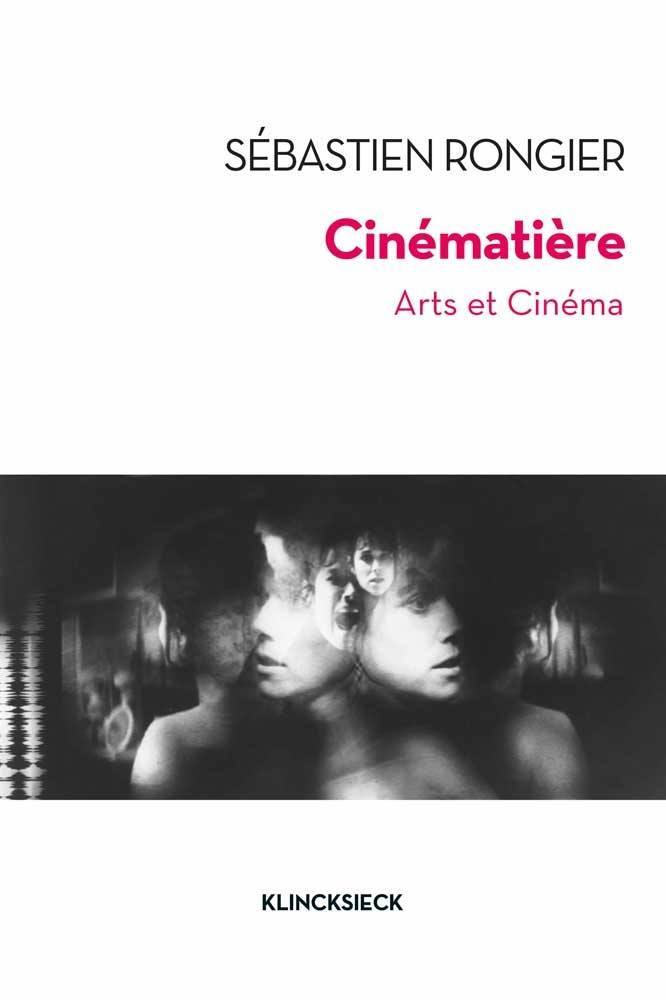The cinema has imposed itself as a cultural value as well as a heritage. For other artistic forms, it is a source of inspiration and questioning.
From 1990 to 2000, contemporary art broadly welcomed motion pictures as a medium for citation, reference and form experimentation. This period witnessed a profusion of new works and major exhibitions worldwide.
Cinématière retraces the ways in which those cinematographic forms have been displayed, and the aesthetic and artistic debates which have nourished the relationship between the cinema and contemporary art. This study strives to fill a gap by offering readers an overview of the cinema's relations with contemporary art and literature, and to create the "cinematter" concept to help us understand the plasticity of aesthetic materials and the shifts in image perception.
In drawing inspiration from numerous artists and writers (ranging from Pierre Huyghe to Eija-Liisa Ahtila, Brice Dellsperger to Christoph Girardet, Douglas Gordon to Vibeke Tandberg, Tanguy Viel to Claro, and Eric Rondepierre to Patrick Chatelier), this essay by Sébastien Rongier explores the experience of a generation, places it in a historic perspective, and clarifies Alfred Hitchcock's pivotal role in our contemporary representations.
Sébastien Rongier holds a doctorate in aesthetics. He teaches at Université Paris I Panthéon-Sorbonne. He is also a member of the Editorial Committee of the literary website www.remue.net.




